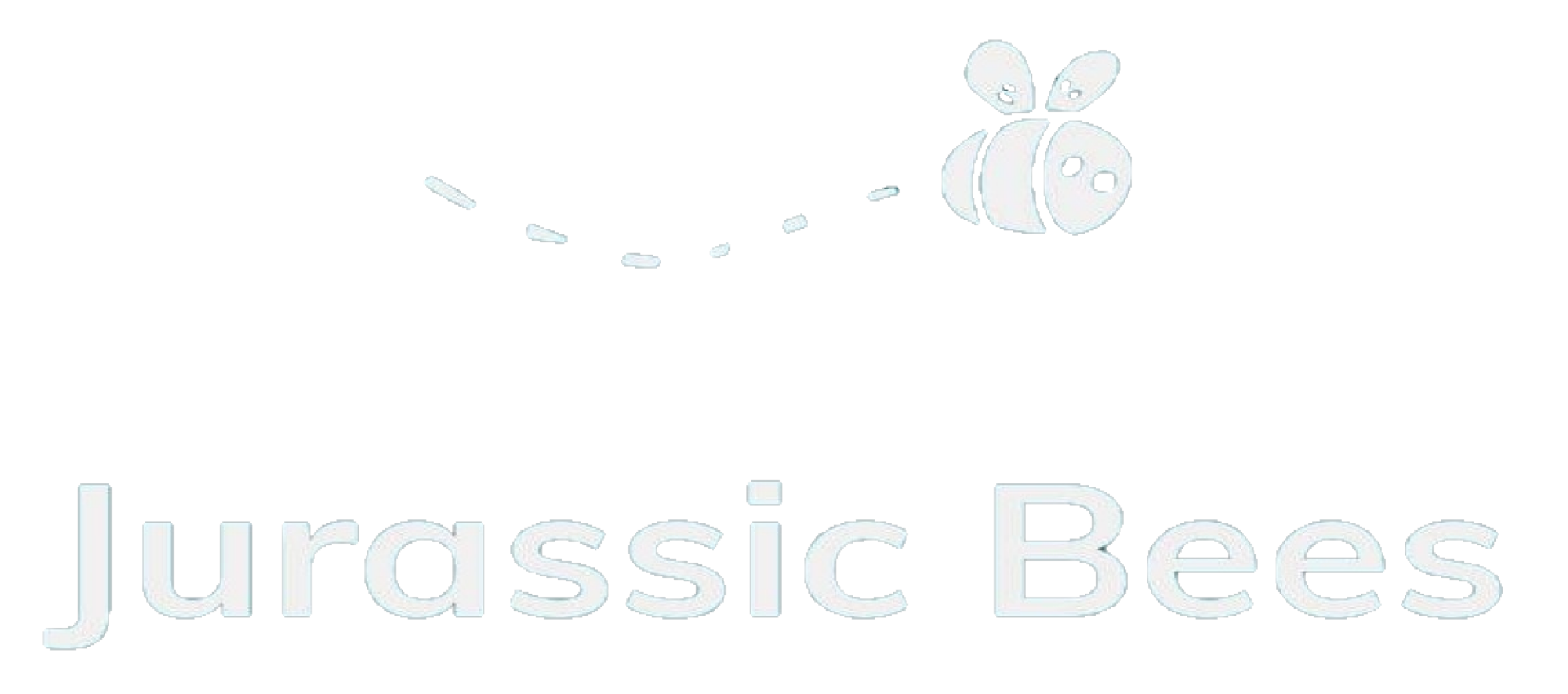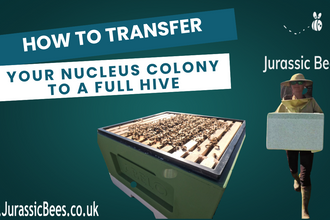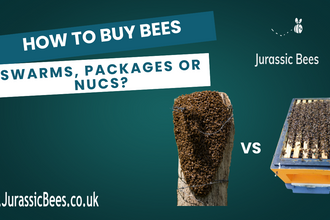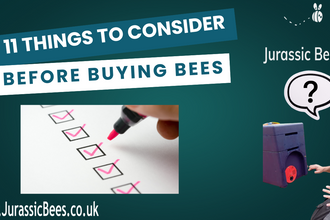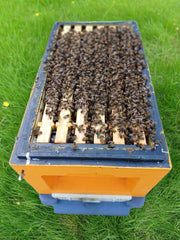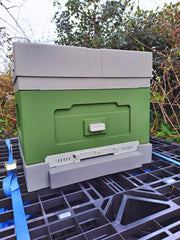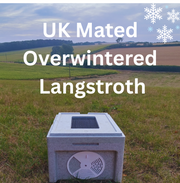Poly Hives vs. Wooden Hives: The Ultimate Showdown
Beekeeping has seen a surge in popularity as people become more aware of the importance of bees to our ecosystem. Many younger-generation beekeepers are showing great interest in this fascinating world.
One of the first decisions a new beekeeper must make is choosing between poly hives and wooden hives. Both options come with unique benefits and drawbacks. In this post, we’ll dive into the pros and cons of each to help you make an informed choice.
🐝 Poly Hives
Poly hives, short for polystyrene hives, are made from dense, durable foam material. This polystyrene material is not to be confused with the light-density polystyrene used in packing materials. It is a dense material that is far more robust. These hives are gaining traction among modern beekeepers for several reasons.
✅ Pros
- 🌡️ Superior Insulation: Excellent thermal insulation keeps bees warm in winter and cool in summer, reducing stress on the colony.
- 🌸 Quicker Spring Build-Up: Warmer environments promote faster colony expansion during early spring.
- 💪 Lightweight: Easier to transport and handle compared to wooden hives.
- 🌧️ Weather Resistance: Resistant to rot and decay, with minimal maintenance required.
- ⚡ Energy Efficiency for Bees: Stable internal temperatures mean bees can focus on foraging and honey production.
- 💧 Condensing Hive Benefits: Moisture is directed away from the brood nest to avoid condensation dripping on the bees.
❌ Cons
- 🔨 Durability Concerns: Prone to damage from rough handling or rodents. Repairs can be done with screws and glue.
- 🪶 Susceptibility to Woodpecker Damage: Areas with woodpeckers might not be suitable for poly hives.
- ♻️ Environmental Impact: Non-biodegradable and made from non-renewable resources.
- 🎨 Aesthetic Appeal: The industrial look of poly hives may not appeal to everyone.
- 💰 Cost: Higher upfront cost, but offset by longevity.
- 🧼 Cleaning and Sterilizing: More arduous process compared to wooden hives.
👉 See this link from the National Bee Unit for cleaning tips.

🌲 Wooden Hives
Wooden hives are the traditional choice, used by beekeepers for centuries. Typically made from cedar, pine, or other hardwoods, these hives exude a classic charm.
✅ Pros
- 🌱 Natural Material: Sustainable and biodegradable, aligning with eco-friendly practices.
- 🏞️ Aesthetics: Blends harmoniously into natural settings.
- 🔧 Customizability: Easy to modify for specific needs.
- 🐀 Rodent Resistance: Less likely to attract or be damaged by rodents.
- 🌬️ Venting Hive Benefits: Natural airflow prevents moisture buildup and mould in humid climates.
- 🛠️ Easier to Clean: Simple to scrape and sterilize with a blowtorch.
❌ Cons
- 🖌️ Maintenance Requirements: Regular treatment or painting is needed to protect against the elements.
- ⚖️ Weight: Heavier, making transport and inspections more challenging.
- 🌡️ Thermal Insulation: Requires bees to work harder to regulate temperature.
- 🌧️ Susceptibility to Rot: Without proper care, wooden hives can deteriorate over time.
👉 See this link from the National Bee Unit for cleaning tips.

🧐 Key Considerations When Choosing a Hive
- 🌍 Climate: Poly hives are better for extreme temperatures due to insulation.
- 🎨 Aesthetic Preferences: Wooden hives win for beauty and natural appeal.
- 💸 Budget: Poly hives are costlier upfront but require less maintenance. Wooden hives are the opposite.
- ♻️ Sustainability: Wooden hives are more eco-friendly.
- 🚚 Hive Management: Poly hives are lightweight and easier to move.
- 💧 Moisture and Ventilation: Decide whether you prefer a condensing hive (poly) or a venting hive (wood).
🌟 Final Thoughts
Both poly and wooden hives have their place in the beekeeping world. The right choice depends on your individual needs and priorities.
At Jurassic Bees, we lean towards poly hives due to their insulation, quick spring build-up, and lightweight nature. However, bees thrive in both types. Wooden hives have served beekeepers for centuries and remain a viable, sustainable option.
🐝 Whichever you choose, successful beekeeping comes from understanding your bees and providing the best care.
Happy beekeeping!
